Project Outcomes
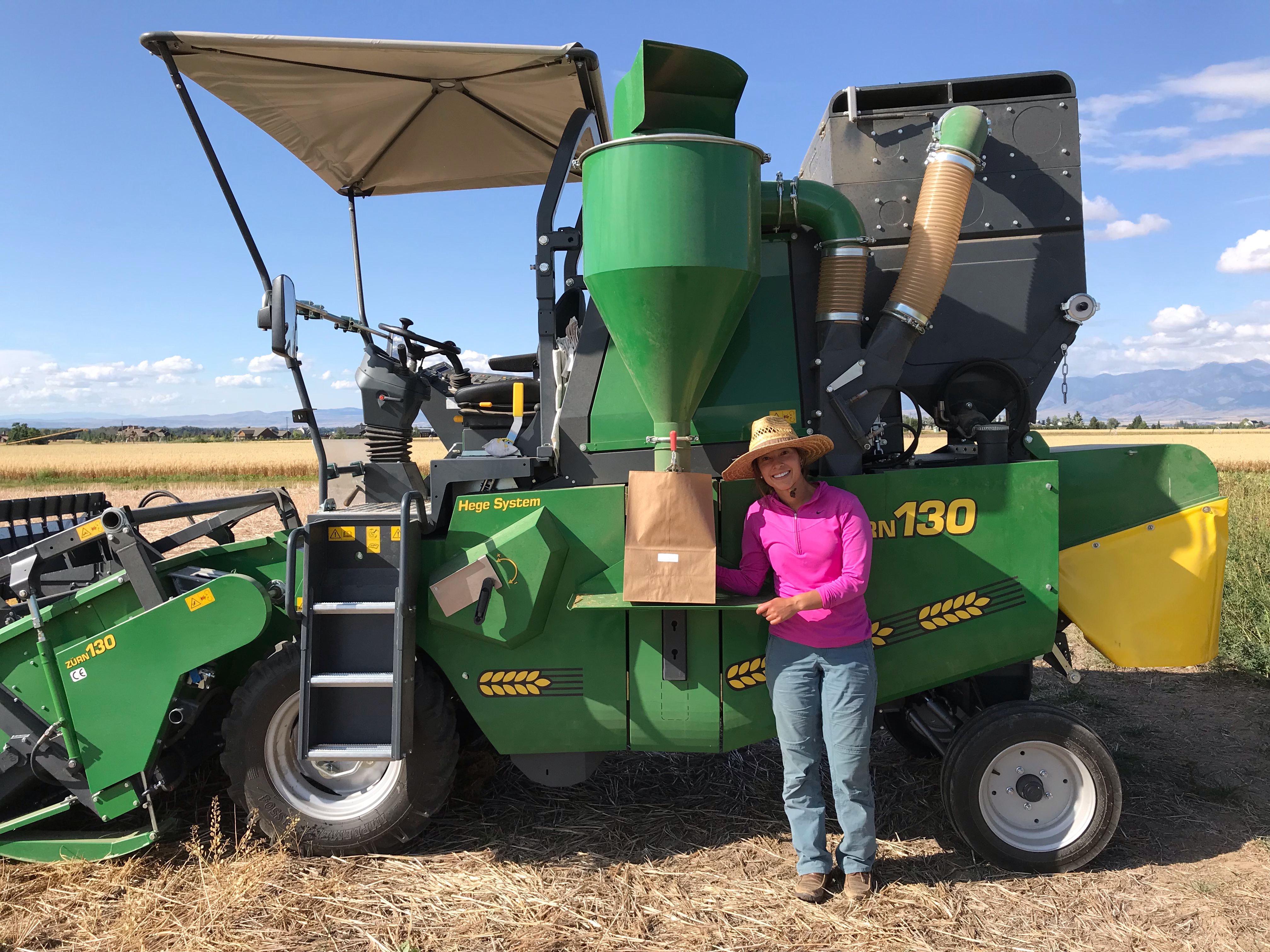
Sydney Atencio obtained her Master's degree in the Department of Land Resources and Environmental Sciences at Montana State University in 2021. Thesis Title: Role of crop fertility and seed treatments in managing Fusarium root rot of lentil (Lens culinaris medikus) in the Northern Great Plains
Miller, P.R., S.C. Atencio, C.A. Jones, E. Eriksmoen, W. Franck, J. Rickertsen, S.I. Fordyce, M. Ostlie, P.F. Lamb, M.A. Grusak, C. Chen, P.M. Carr, M. Bourgault, S.T. Koeshall and K.W. Baber. Inoculant and fertilizer effects on lentil yield and protein in the northern Great Plains. In preparation for submission to Agronomy Journal.
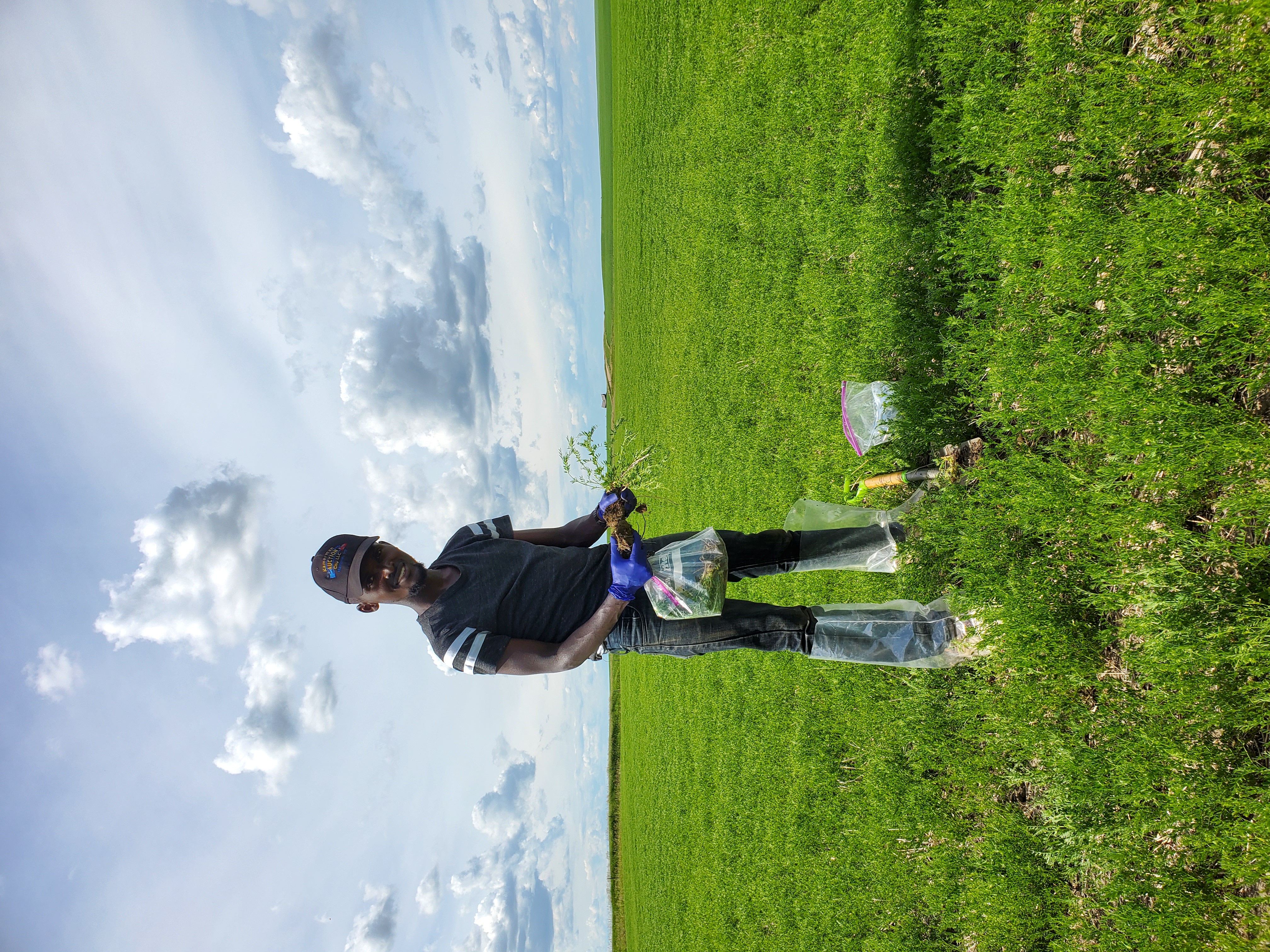
Collins Bugingo obtained his PhD in the Department of Plant Sciences and Plant Pathology at Montana State University in 2022. Dissertation Title: Characterization and assessing fungicide sensitivity of Fusarium spp. causing root rot and wilt in lentils in the Northern Great Plains
Bugingo, Collins et al. submitted 2023. Fungicide sensitivity of Fusarium oxysporum f. sp. lentis and Fusarium acuminatum affecting lentils. Plant Disease.
Bugingo, Collins et al. submitted 2023. Race-characterization of Fusarium oxysporum f. sp. lentis (Fol) isolates in North America. Plant Health Progress.

Dimitri L. Fonseka worked as a research specialist while obtaining his PhD. in the Department of Plant Pathology at North Dakota State University in 2023. Dissertation Title: Managing Fusarium root rot of lentil on the Northern Great Plains
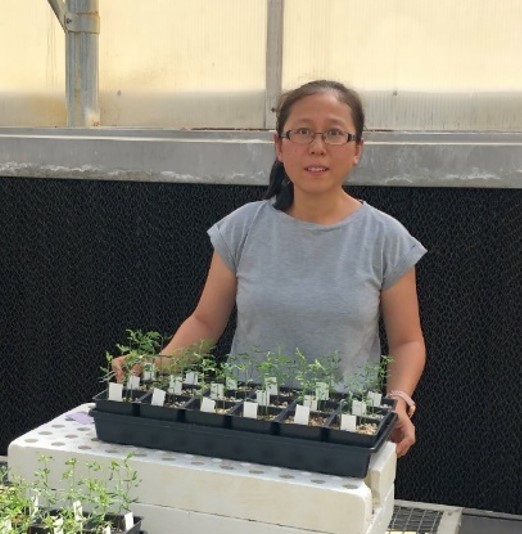
Yu Ma worked as a Post Doc with Dr. Clare Coyne and Dr. Rebecca McGee at Washington State University characterizing phenotypic data on lentil for resistance to Fusarium root rot, as well as generating genetics and genomics resources for LSP population and WGS population.
Marzougui, A., Rajendran, A., Mattinson, D.S., Ma, Y., McGee, R.J., Garcia-Perez, M., Ficklin, S.P., Sankaran, S. Evaluation of biogenic markers based phenotyping for Aphanomyces root rot resistance in field pea. Information Processing in Agriculture. 2021.
Marzougui, A., Ma, Y., McGee, R.J., Khot, L., Sankaran, S. Generalized linear model with elastic net regularization and convolutional neural network for evaluating Aphanomyces root rot severity in Lentil. Plant Phenomics. 2020.

Garett Heineck worked as a Post Doc with Dr. Lyndon Porter at USDA-ARS in Prosser. Five lentil lines (W6 27760, PI 299116, PI 320937, PI 432087, LC1160W0030W) with excellent resistance to Fusarium avenaceum root rot on lentil, which is considered to be one of the major root rotting pathogens on lentil in North America, were identified as breeding lines to advance resistance to this root rot pathogen.
Heineck, G. C., Altendorf, K. R., Coyne, C. J., Ma, Y., McGee, R., and Porter, L. D. 2022. Phenotypic and genetic characterization of the lentil single plant-derived core collection for resistance to root rot caused by Fusarium avenaceum. Phytopathology 112: 1979-1987.
Heineck, G., Casanova, J., and Porter, L. D. 2022. Suitable methods of inoculation and quantification of Fusarium root rot in lentil. Plant Disease. Published online https://doi.org/10.1094/PDIS-07-221658-RE
This project discovered the major species of Fusarium that causes root rot in lentil.
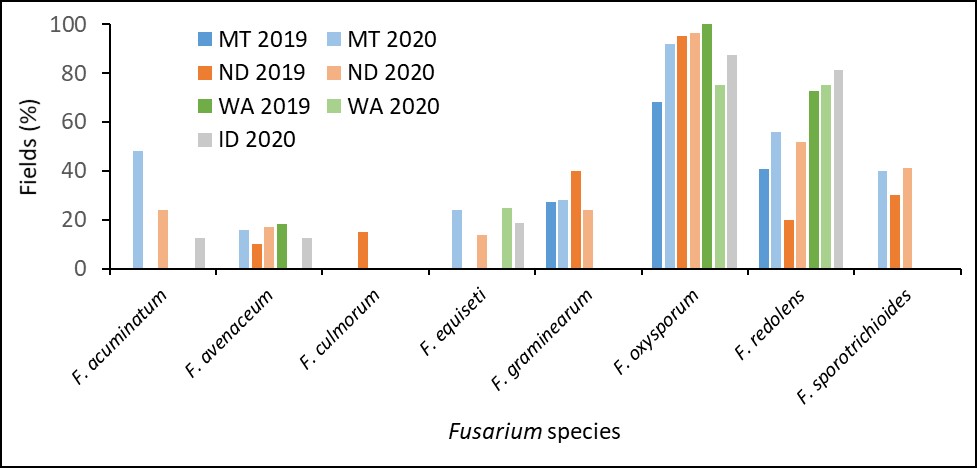
Figure 1. Eight species of Fusarium were isolated from roots sampled in four states. In each state, 25 disease plants were sampled from 25 different lentil fields. The most common species across all states were F. oxysporum, F. redolens, and F. avenaceum. F. culmorum was only found in North Dakota in the first year of sampling. F. graminearum was only found in Montana and North Dakota. (Bugingo and Fonsenka).
Pathogenicity trials show relative Disease Severity Index for several isolates of each species of Fusarium.
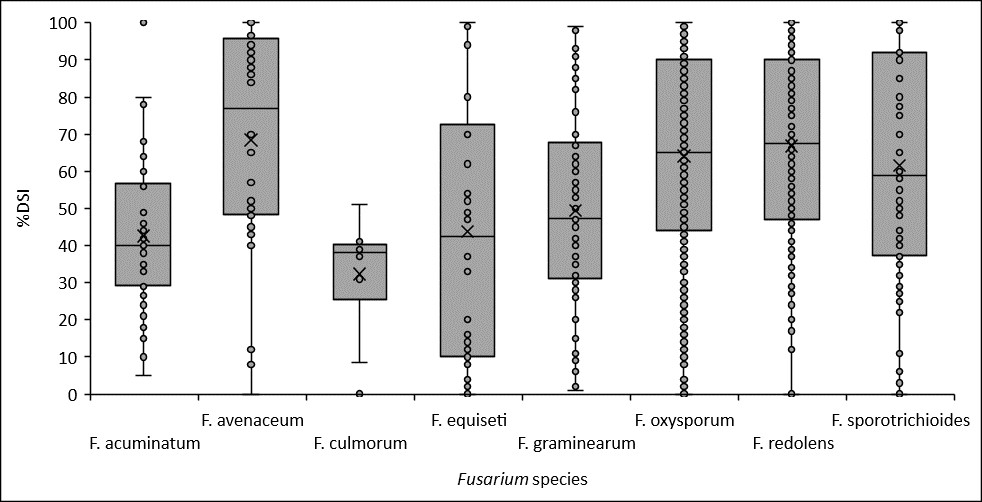
Figure 2. Pathogenicity trials demonstrate that F. avenaceum, F. oxysporum , F. redolens and F. sporotrichioides were the most pathogenic on lentils. F. acuminatum, F. culmorum, and F. equiseti were the least pathogenic (Bugingo and Fonsenka). For all the species except F. culmorum, the disease index was quite diverse within each species.
Fusarium species were isolated from seed coats, coyelydons, and embryos of surface sterilized lentil seeds
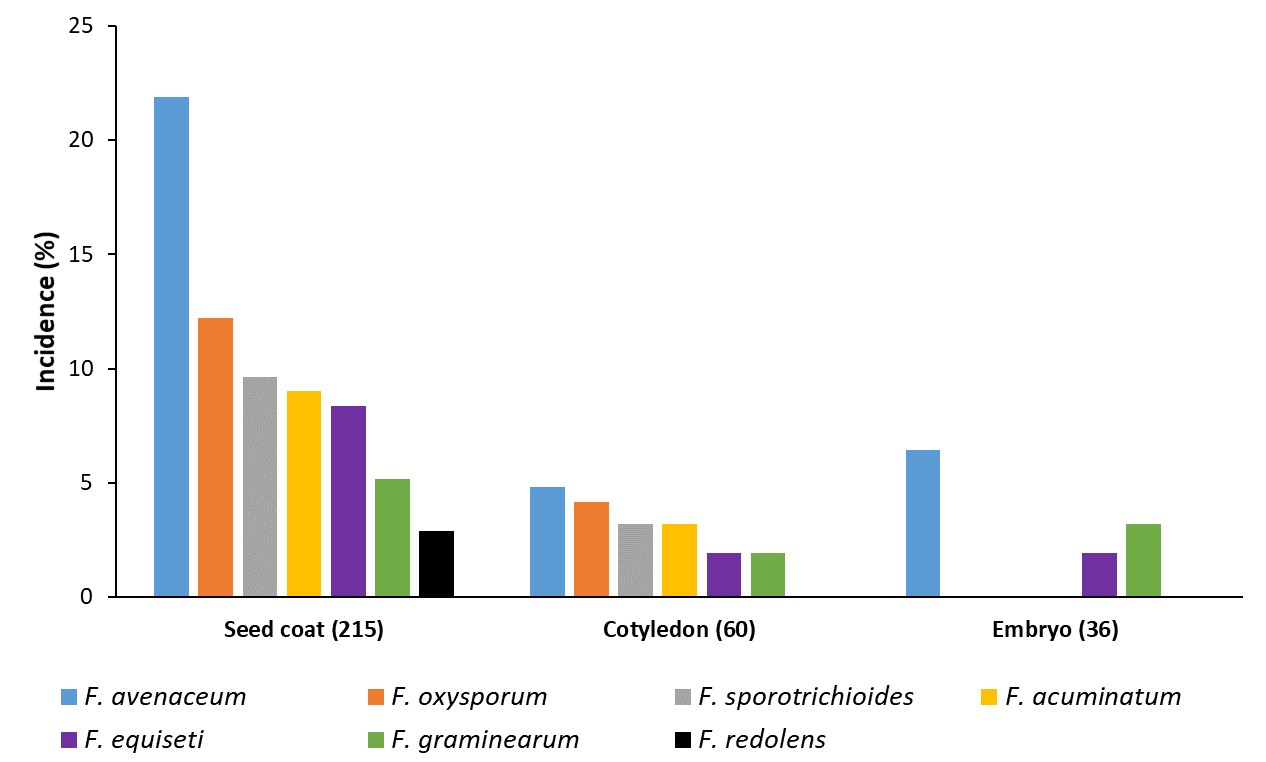
Figure 3. Seven species of Fusarium were isolated from dissected seed components. F. avenaceum was the most prevalent species in all seed components, followed by F. graminearum and F. equiseti. F. redolens was only found in the seed coat. Fusarium has the potential to infest new areas by planting seed that is infested with Fusarium.
